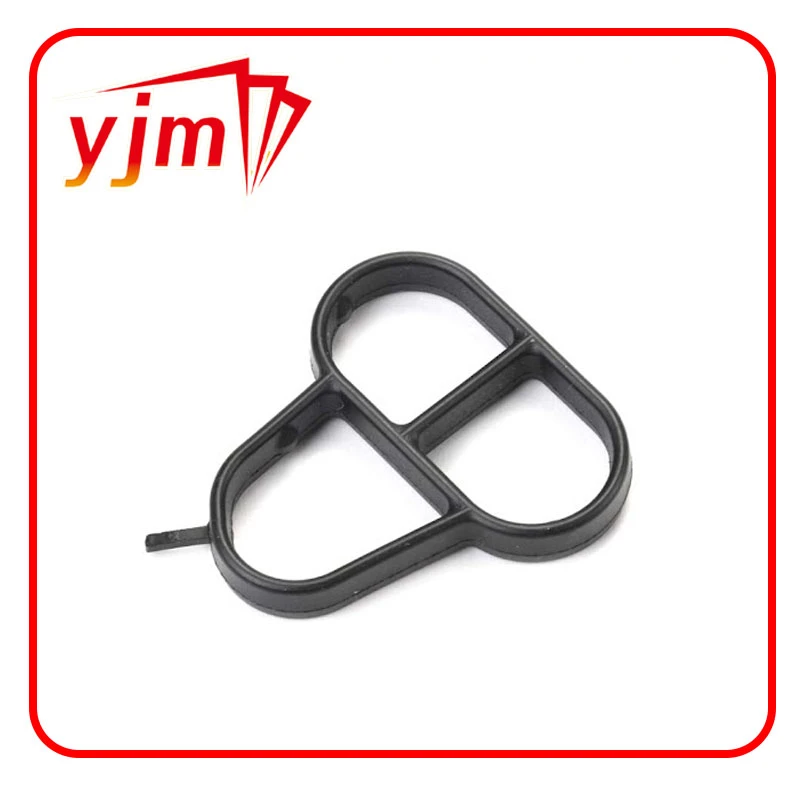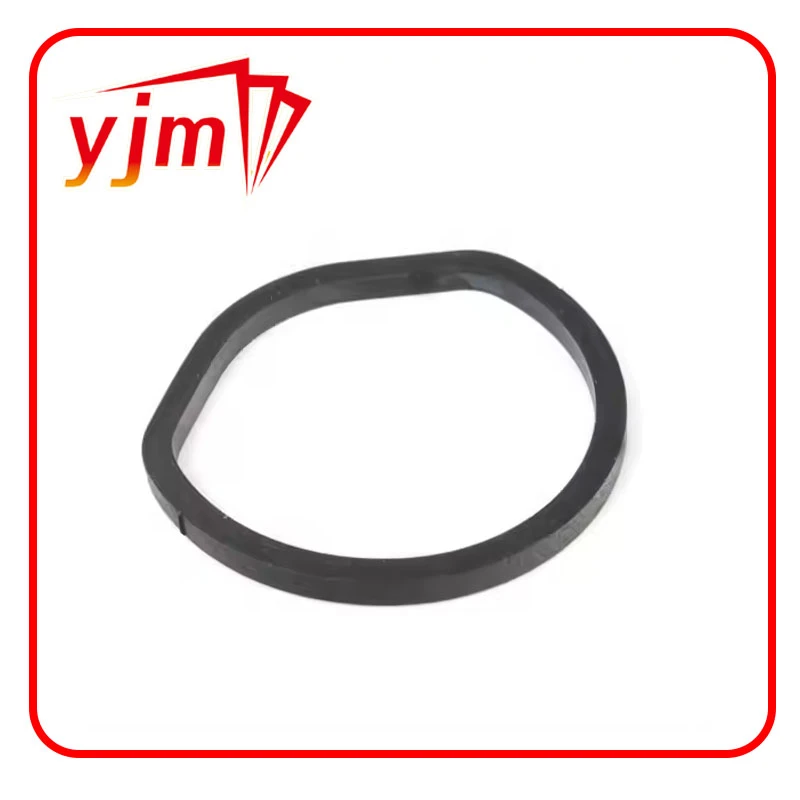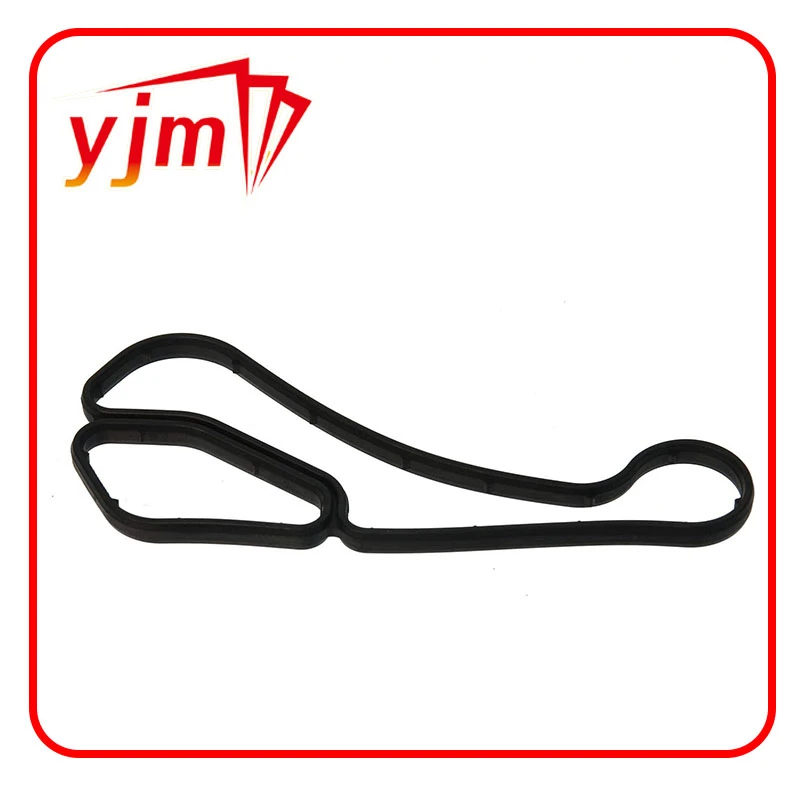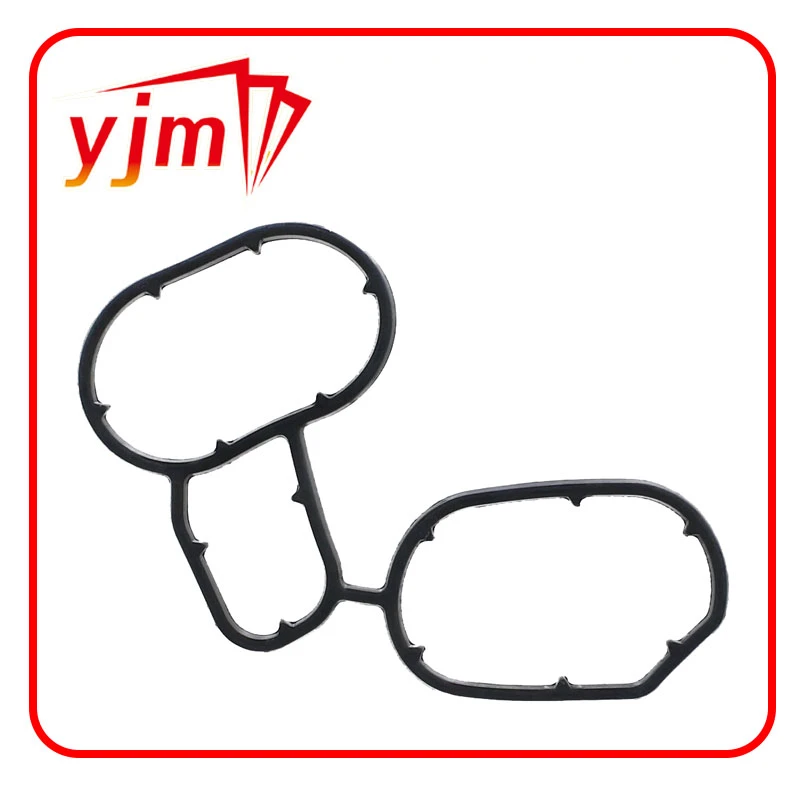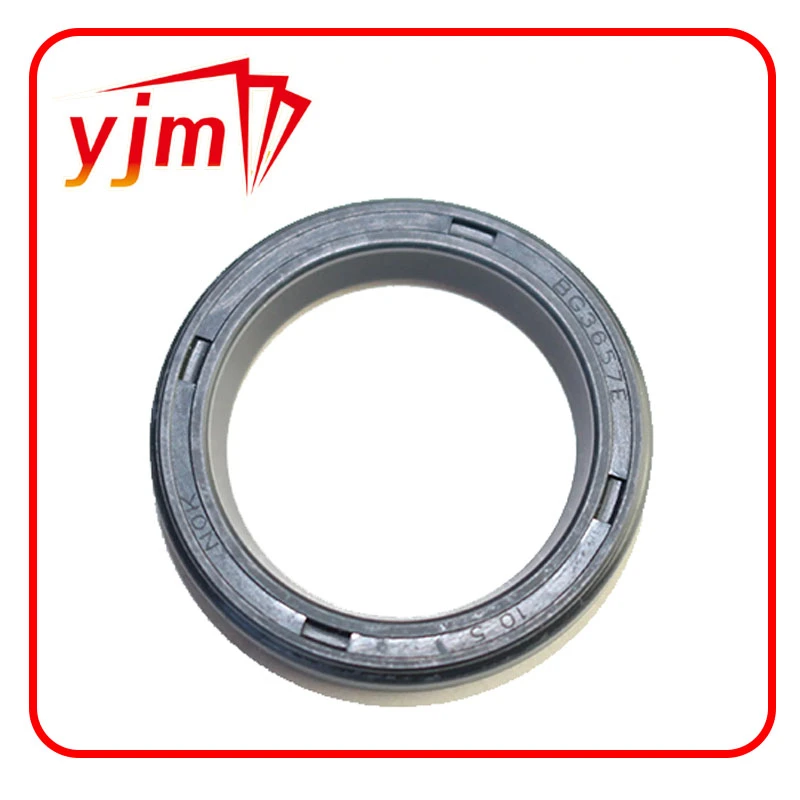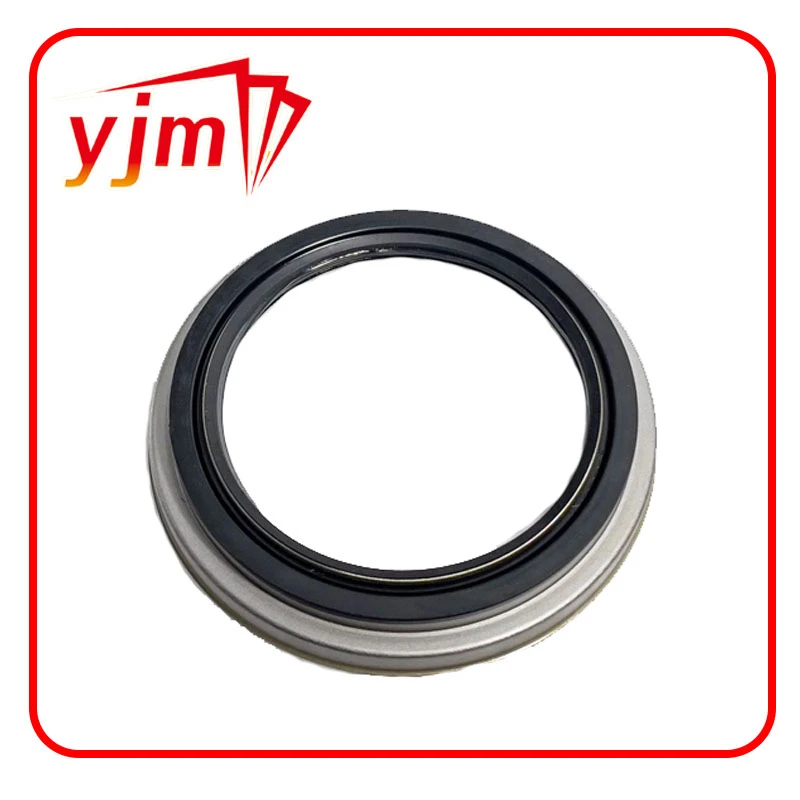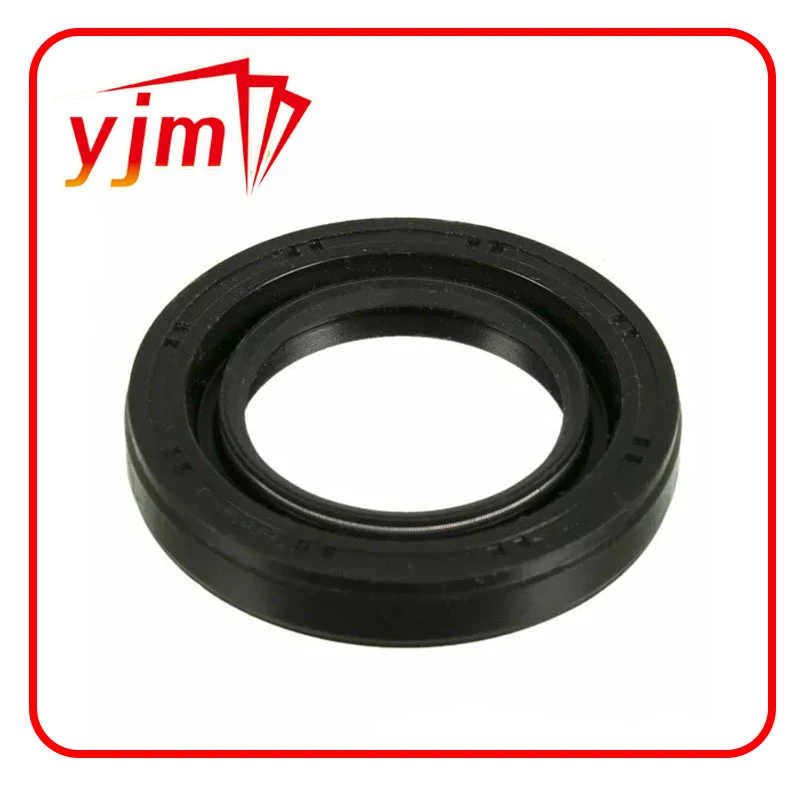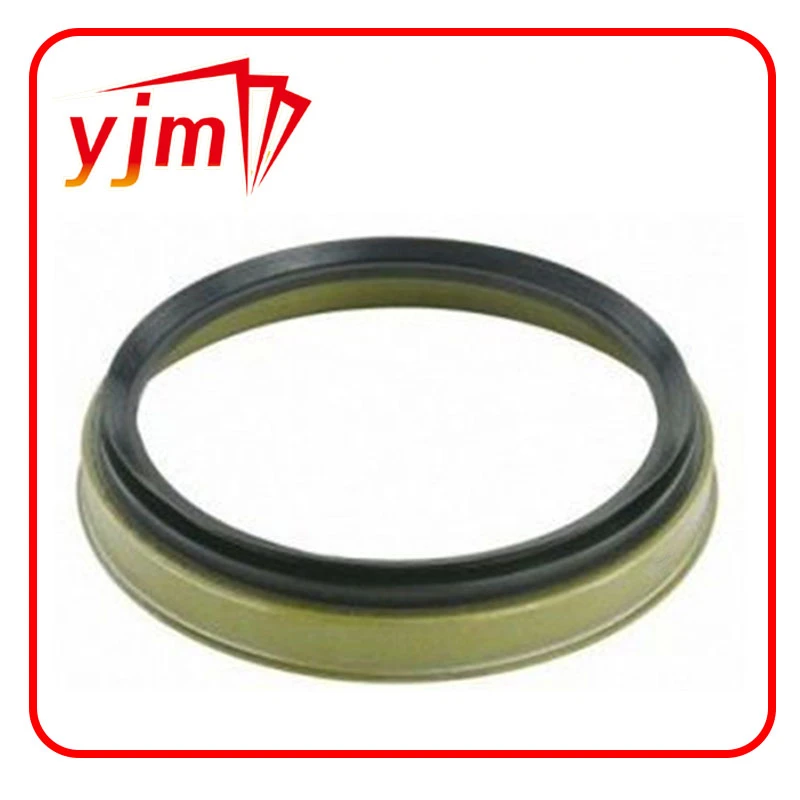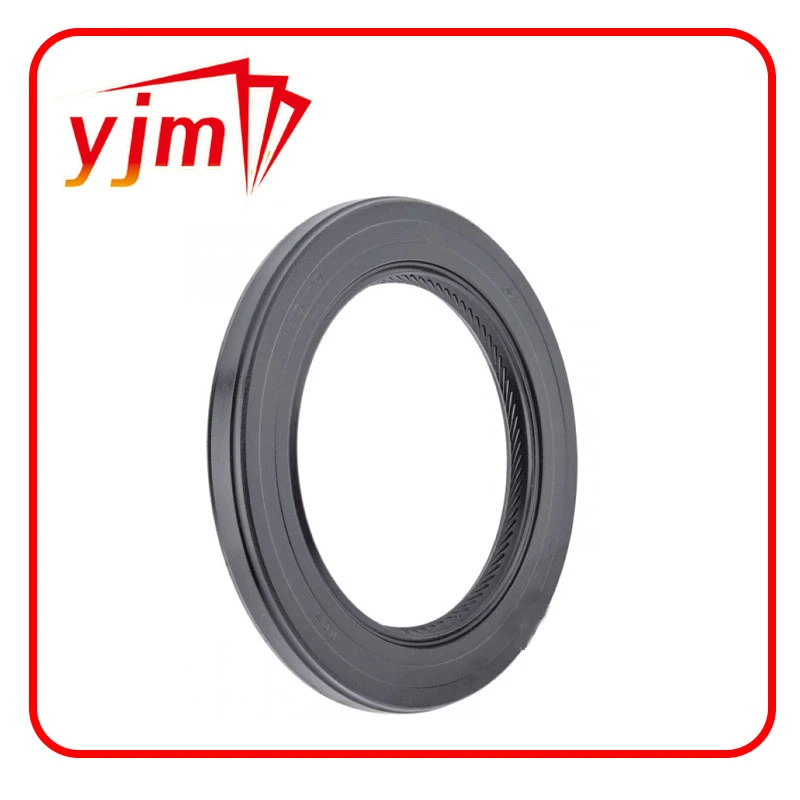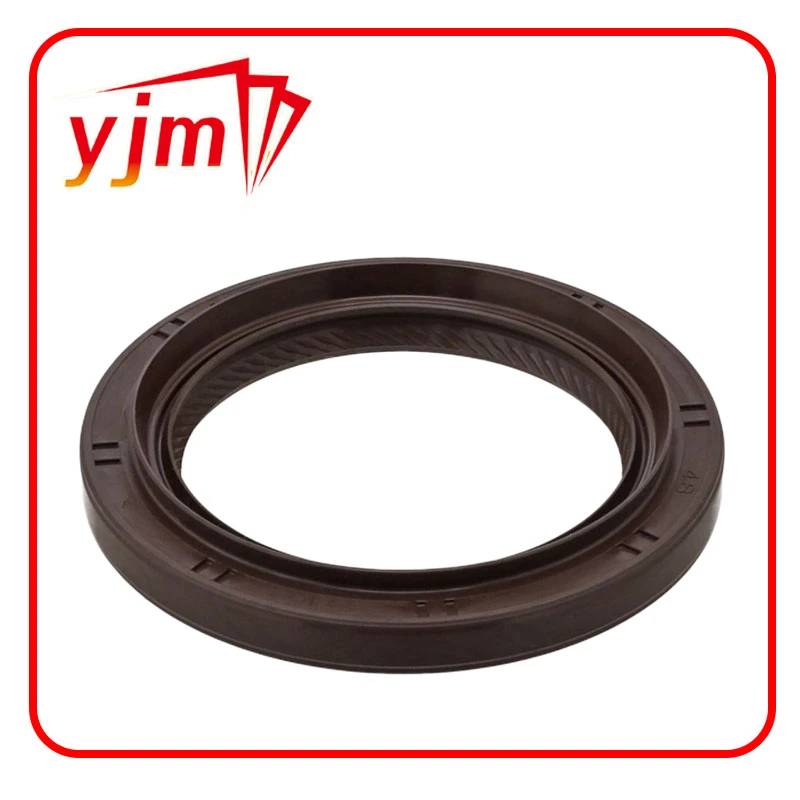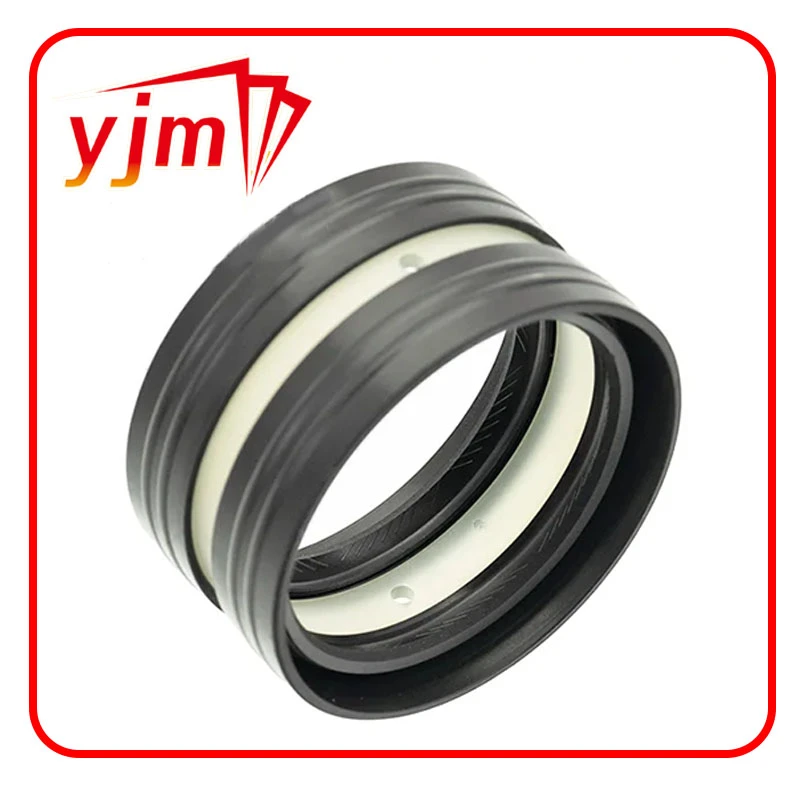semi truck wheel seal
Understanding Semi Truck Wheel Seals Importance and Maintenance
Semi trucks are the backbone of freight transportation, ensuring that goods are delivered efficiently across vast distances. A crucial component of these heavy-duty vehicles is the wheel seal, which plays a vital role in maintaining the integrity and performance of the truck’s wheel assembly. In this article, we will explore the significance of semi truck wheel seals, the types available, common issues, and tips for maintenance.
The Purpose of Wheel Seals
Wheel seals, also known as hub seals, play a key role in protecting the wheel bearings and ensuring that the wheel assembly functions smoothly. Their primary purpose is to keep lubricant within the hub and prevent contaminants such as dirt, water, and road debris from entering the wheel assembly. Properly functioning wheel seals not only enhance the performance of the bearings but also extend the life of the entire wheel assembly, ultimately leading to safer driving conditions and reduced maintenance costs.
Types of Wheel Seals
There are various types of wheel seals used in semi trucks, each designed to meet specific requirements based on the truck's design and the kind of loads it carries. The most common types are
1. Single Lip Seals These seals have a single lip that makes contact with the axle, effectively preventing dirt and moisture from entering the hub.
2. Double Lip Seals Featuring two sealing lips, double lip seals provide an additional layer of protection against contaminants and are preferred for severe-duty applications.
3. Magnetic Seals These utilize magnetic forces to create an effective seal and are particularly useful in conditions where traditional seals might fail due to excessive wear or environmental factors.
Common Issues with Wheel Seals
While wheel seals are designed to be durable, they can develop issues over time. Some common problems include
- Wear and Tear Constant exposure to heat, friction, and environmental elements can lead to degradation of the seal material, resulting in leaks
.semi truck wheel seal
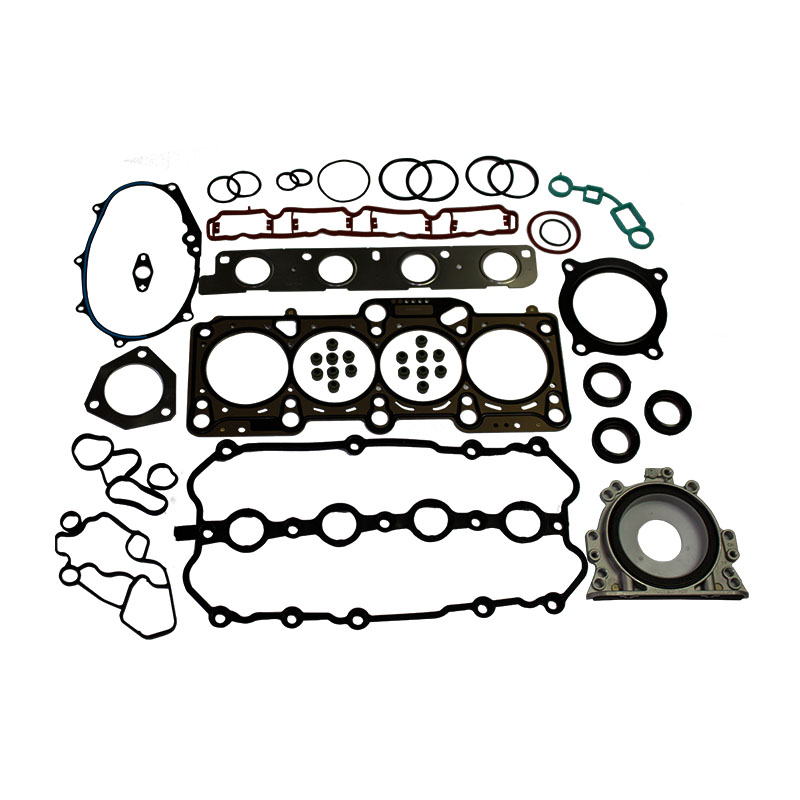
- Improper Installation A poorly installed seal can cause misalignment, leading to premature failure and potential damage to the wheel bearing.
- Contamination If the seal is damaged or worn, dust and moisture can infiltrate the hub, leading to corrosion and failure of the bearings.
Maintenance Tips
To ensure that wheel seals function optimally and to prolong the life of the wheel assembly, regular maintenance is essential. Here are some tips
1. Regular Inspections Conduct routine inspections of the wheel seals, looking for signs of wear, oil leaks, or damage. This should be part of any pre-trip inspection.
2. Lubrication Ensure that the wheel bearings are properly lubricated. Insufficient lubrication can cause the seals to wear out faster.
3. Correct Installation Always follow manufacturer guidelines when replacing wheel seals. Proper installation is crucial to prevent leaks and ensure optimal performance.
4. Monitor Load Conditions Be mindful of the load being carried. Overloading can place excessive pressure on the wheel seals, leading to premature failure.
5. Replace When Necessary If any signs of leakage or wear are noticed, replace the wheel seals immediately to prevent further damage to the bearings and the wheel assembly.
Conclusion
Semi truck wheel seals may be small components, but their importance in the proper functioning of these vehicles cannot be overstated. By understanding their role, recognizing potential issues, and adhering to maintenance practices, fleet operators can ensure the longevity of their trucks and enhance overall safety on the road. Regular care and attention to wheel seals not only improve vehicle performance but also contribute to the efficiency of freight transportation as a whole.
-
Understanding the Front Main Engine Seal: Purpose, Maintenance, and Installation
News Jul.29,2025
-
Understanding O-Rings and Seal Rings: Types, Applications, and Custom Solutions
News Jul.29,2025
-
Understanding Crankshaft Oil Seals: Rear Seals, Pulley Seals, and Their Role in Engine Integrity
News Jul.29,2025
-
The Importance of Front and Rear Crankshaft Seals in Engine Performance and Oil Management
News Jul.29,2025
-
Crank Oil Seals: Functions, Types, and Cost Considerations in Engine Maintenance
News Jul.29,2025
-
A Comprehensive Guide to O-Rings and Seals: Types, Materials, and Global Applications
News Jul.29,2025
-
Mastering Diesel and Performance Engine Maintenance: A Guide to Critical Oil Gaskets
News Jul.28,2025
Products categories

